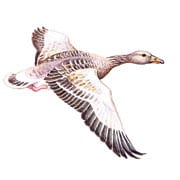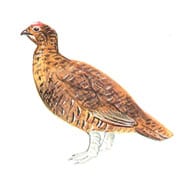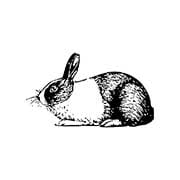Woodcock
Woodcock Woodcock are traditionally viewed as one of the most sporting of birds and their appearance adds excitement to any day’s shooting. Their curious zig-zagging flight, and distinctive form make them instantly recognisable, but the numbers of breeding woodcock are declining and shooters can help. Download our Woodcock factsheet here







